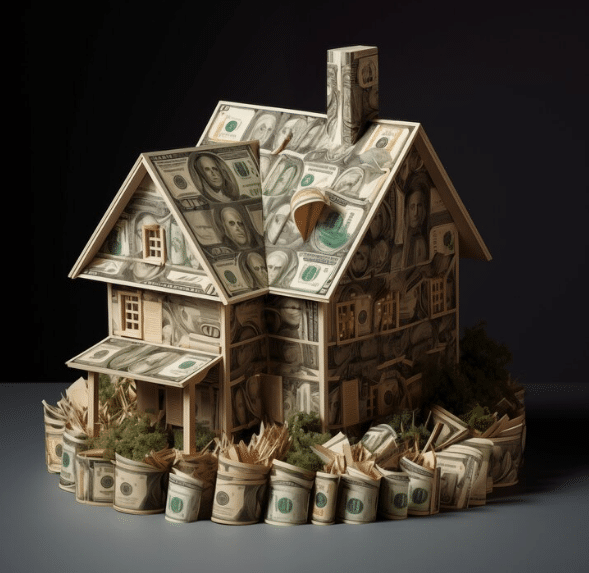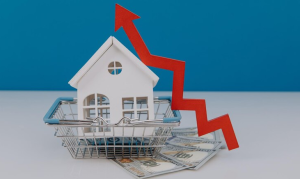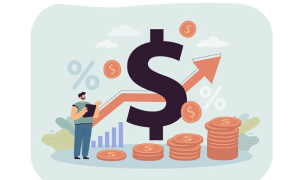Interest rates are the key elements that could define the situation and condition of the American real estates market. These rates which are prest ably influenced by the Federal Reserve affect mortgage rates, prices of homes and the buying power that is in the economy.
In order to investigate this subject there will be analysis of influence of interest rates on the real estate business and industry along with its consequences on the economy and society as well as the possibilities of future evolution of the sector.
The role of interest rates in real estate
First of all, it is necessary to mention that the cost of borrowing money for a mortgage is rather sensitive to interest rates changes. When the Federal Reserve brings a change in the policy and increases the benchmark rate, a new mortgage’s cost often increases to make home loans costly.
As the borrowing cost rises the demand for homes reduces and this slows down the rate of increase of prices or can cause prices to drop. On the other hand the lower rates comes with bonuses acting as a stimulus in the market being cheaper and encourages the buy side.
All these dynamics make it possible to balance pressing forces that define buyers, sellers, and the economy in general. This paper also established that movements in interest rates impacted on the refinancing market.
Lower interest rates lead to higher demand from homeowners to refinance the existing mortgage loans in the hope of obtaining lower monthly payments meaning available income for expenditures will be influenced.
Mortgage rates and purchasing power
That’s because there is the correlation between interest rates and mortgage rates that is direct and significant. Consequently, lower rates result to smaller monthly installments for a given loan amount, thus raising a buyer’s purchasing capacity.
This can cause the formation of more competition as more people are able to propose for homes hence increasing the demand and therefore the prices. However, when rates go up, the opposite implication happens.
This means that higher monthly payments can reduce the purchasing capacity of consumers reducing purchasing and may even slow down the market. This may cause a stabilization or even a decline in property values as is evident by the slowdown’s of the past.
Hence, it is possible to gain a competitive edge for the potential buyers and investors by comprehending these changes in monetary values. Knowing the time when changes may occur and general future tendencies of the rate might be useful when making financial decisions concerning real estate investments.
Investor impact and real estate development
Other factors that influence investment decisions and real estate include; Interest rates Interest rates have a large influence on the investment strategies, and the development of properties.
For instance, individuals who invest in rental property usually will utilize other individuals’ money to purchase the assets. Higher rates lead to the rise in the cost of such investments thus cutting down on profitability or resulting in some deals being unfinanceable.
To real estate developers, increased cost of credit boost their funding costs and can lead to project Either delaying or abandonment if the probable returns on investment does not support the amount of borrowings. Lower rates, though, reduce the cost of financing and can assist to bring new developments, as a result, obtaining the growth in stock.
Economic and social implications
The relative impacts of interest rates are not limited to the finance domain but also go into the overall economic and social contexts. On a macroeconomic level fluctuations in real estate could influence employment, consumers’ confidence and the growth rate of Gross Domestic Product.
Construction and estate industries offer many working places and changes in these branches affect many people. Higher rates of interest can also bring out issues of affordability meaning that the homeownership level may go down.
This scenario can have long-term social implications owing to the fact that having a home has always been an important part of the prosperity and frugal security in America.
On the other hand, a lower interest rate can improvers the ability of people to achieve homeownership and in a process boosting the social order and social mobility in any given society. Such realizations can assist policymakers, economists, and many other persons in comprehending the frequently intricate nature of the real estate market.
Policy decisions and market predictions
Analyzing the housing market, architectural and developing tendencies and their future are in a significant dependence on the decisions made by the Federal Reserve. Thus, through controlling various indicators like inflation rate and employment rates, the Federal Reserve influence the stances of monetary, which influences borrowing costs.
It has been observed that the market forecasters always pay heed to what the Federal Reserve has to say about any expected move in interest rates. A ‘Bear’ a tightening of the monetary policy as evidenced by rise in rates is an indication of caution while an ‘Elephant’, a loosening of the policy and a decline in rates is an encouragement to borrow and spend.







